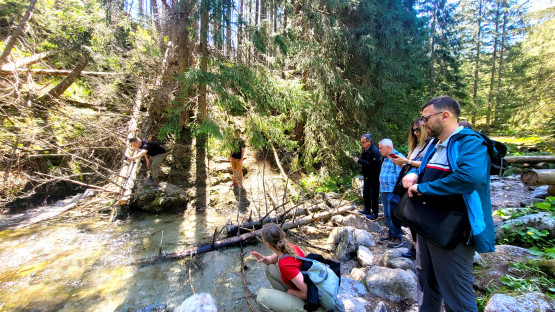Close to 30 hydrology experts from 27 countries last month shared initial groundwater monitoring results at a regional coordination meeting in Krakow, Poland, as part of an IAEA technical cooperation project[1] to study the effects of climate change on groundwater aquifers in countries in Eastern Europe and Central Asia. The project brings together 28 countries and focuses on building capacity in the use of isotope hydrology to answer fundamental questions about the future availability of groundwater resources.
According to UN Water, an estimated 2.5 billion people worldwide depend entirely on groundwater for their livelihoods, which have come under threat due to the growing volatility of rainfall patterns and the growing frequency of extreme weather events.
The direct and indirect effects of climate change on groundwater resources are not yet fully understood. “To develop sustainable water-use policies and adaptation strategies, national authorities first need a foundation of accurate data to understand potential threats to water security,” said Christoph Henrich, IAEA Programme Management Officer.







